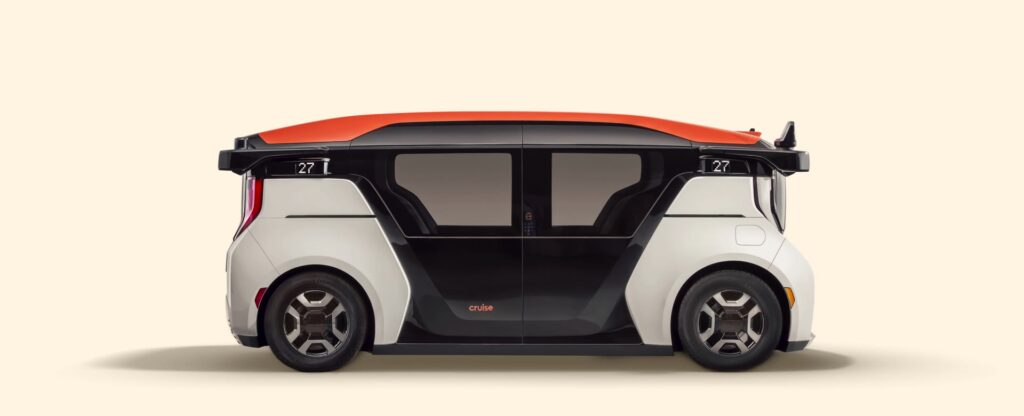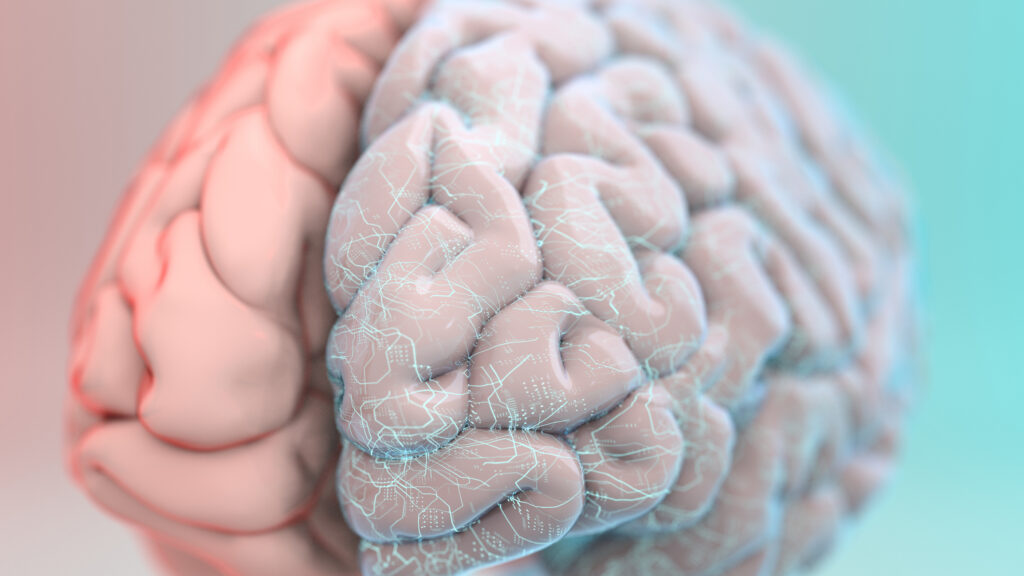
By Laura Lorek, Publisher of Silicon Hills News
Last year, cryptocurrency, non-fungible tokens, blockchain technologies, and the metaverse dominated at South by Southwest.
This year, the buzz was all about conversational AI, particularly ChatGPT, which released GPT-4 during the conference. ChatGPT is a chatbot that uses conversational AI capable of understanding, processing, and responding to human language.
And one of its co-founders, OpenAI’s Co-Founder and President Greg Brockman, talked to Laurie Segall, founder of Dot Dot Dot Media, about the technology in a jam-packed keynote address.
- This is freakier than HAL in the 1968 film 2001: A Space Odyssey. (My alma mater – the University of Illinois, gave birth to the fictional HAL) Conversational AI is a sea-change technology that will shake up the economy as much as the introduction of the Internet did. Key takeaways from Brockman’s talk were that ChatGPT is a breakthrough technology, and Open AI, the company behind it, has made significant efforts to make it accessible and user-friendly. ChatGPT is an artificial intelligence chatbot launched in November of 2022. “ChatGPT reached its first 1 million user milestone in a week, surpassing Instagram to become the quickest application to do so,” according to a UBS report. “ChatGPT-3 uses a generative pre-trained transformer (GPT) to generate largely identical text to human conversation. GPT is part of the broader family of large language models, which are AI models that understand and can generate text.” On March 13th, OpenAi launched ChatGPT-4, which surpasses the previous version in its advanced reasoning capabilities. During his keynote, Brockman said, “this app really took off and people started using it, and we could see the gap between what people thought was possible and what actually had been possible for quite some time.” Brockman also expressed concerns about deploying the technology in a way that could be potentially harmful. He recalled a dinner meeting in 2015 attended by co-founders of OpenAI, including Elon Musk, to discuss the future of AI and whether they could positively impact the technology. They saw the potential for AGI, artificial general intelligence, and felt a sense of urgency to steer the technology in a positive direction. OpenAI started as a nonprofit research lab, hiring PhDs and open-sourcing code, but later realized they needed to scale and raise funds to make a more significant impact. The company aims to align its incentives with a good outcome for humanity and believes AI should be an endeavor of humankind, not just one company or individual. But even Brockman seemed a bit scared of the technology and the future. He’s not the only one concerned. On Wednesday, a group of technologists, including Elon Musk, penned a letter requesting a halt to all giant AI experiments.
2. We can unlock health insights and prevent disease from more knowledge about our genes. Personalized healthcare is based on patient genetics. I was surprised to hear Anne Wojcicki, Co-Founder and CEO of 23andMe, talk about the company’s healthcare focus. During the pandemic, 23andMe acquired Lemonade, which allows the company to provide medical expertise to customers and deliver care through a clinician group, physician consult, and pharmacy. Wojcicki noted that consumers often feel disempowered in healthcare, while physicians increasingly recognize the importance of genetics in patient care. She talked about the importance of pharmacogenomics, which can help match patients with the best medications based on their genetics. Wojcicki also noted that financial incentives could sometimes conflict with preventive care, underscoring the importance of consumers taking control of their healthcare. Along those lines, Wojcicki suggested patients should bring their 23andMe reports to their doctors to inform their care. Wojcicki also said conversational AI has the potential to predict and prevent health conditions. She discussed the possibility of risk prediction as a means of prevention. She said most of the AI currently used in healthcare is focused on disease optimization rather than prevention, but 23andMe is working on tests and research to predict behaviors that could help prevent disease.
3. Welcome to the surveillance economy. For the first time (let me know if I’m wrong here, but I’ve never seen it before, and I’ve been going to SXSW for a couple of decades), the National Security Agency, Central Intelligence Agency, and the National Geospatial-Intelligence Agency all had booths along with the National Science Foundation in the corner of the Creative Industries Expo. Also, David Cohen, the deputy director of the CIA, and three other high-level members of the CIA participated in a panel discussion on “Spies Supercharged: Tech and the Future of the CIA.” “We recognize that technology is advancing very, very quickly, the pace of technological change is greater today than it’s ever been, and technology itself is a domain in which we need to compete with our adversaries,” Cohen said. “it’s not just that we need to use technology to do our business we need to understand how our adversaries are using new and disruptive technologies against us, how they are weaponizing technology.” The CIA was at SXSW to “find partners who want to work with us to find people who want to come and work for us,” Cohen said. The CIA focuses on wireless technology like 5G and 6G, quantum computing, artificial intelligence, biotechnology and bioengineering, financial technology, and advanced power like the next lithium-ion battery. I also learned that the CIA puts spy gear into mascara tubes, and now I’ll never look at my makeup the same way again. At the same conference, Chelsea Manning, a former intelligence analyst who leaked classified documents to WikiLeaks and went to prison for violating the espionage act, spoke on the need for more privacy and data protection. She said it’s not just governments monitoring communications; corporations increasingly use sophisticated surveillance and tracking technology to learn as much about their consumers as possible.

4. This is definitely not your father’s Buick or even my old Pontiac Firebird, for that matter. Autonomous vehicles are on the streets today, and more are set to come along with more electric vehicles. Cruise is an autonomous vehicle company of which General Motors owns 80 percent. Kyle Vogt, Cruise CEO, and Mary Barra, GM’s Chair and CEO, spoke with Emily Chang, a Bloomberg reporter, at SXSW in a featured session titled “Self-Driving Cars: From Science Fiction to Scale.” Vogt discussed how Cruise operates a “robotaxi” service in San Francisco and is scaling up its testing operations in Austin and Phoenix. The technology has moved from a science-fiction problem to an execution and scaling problem, Vogt said. Barra believes that AVs are the future of transportation and that they are an essential part of General Motors’ future. Vogt noted that AVs provide increased safety, mobility for those who cannot drive, and the potential for faster and more efficient movement of goods. There are distinct differences between self-driving and driverless cars, and confusion arises when companies market their products as self-driving when they are not fully autonomous, Vogt said. The goal is to have vehicles that work for the driver rather than the driver working for the car, Vogt said. Tesla’s marketing of its “full self-driving” feature confuses consumers, Vogt said. Vogt noted that Cruise had built its cars for dense urban areas, forcing them to solve problems such as construction zones, traffic light outages, and road blockages. He said the company had solved most of the technical and scientific risks. The need now is for robust infrastructure and software systems to operate large fleets of electric vehicles and balance supply and demand across the network, Vogt said. Cruise can expand into more towns and cities as more vehicles are manufactured, including the new “origin” vehicle. Vogt noted that its transformational design breaks away from the traditional car shape built around the driver. He also expressed concern about the U.S.’s approach to AV development and regulations compared to China, which is building infrastructure and incentivizing development. He suggests that the U.S. could be at risk of seeding leadership in AV automotive manufacturing. Overall, the automotive industry is transforming, with GM planning to have all of its light-duty vehicles electric by 2035, Barra said.

5. If the HAL and AI reference didn’t freak you out enough, then you need to know about brain implants. Brain-Computer Interfaces are being used with paralyzed patients today to restore some motor functions and regain independence. In a panel titled “Hello World: Brain-Computer Interfaces at Scale,” Tom Oxley, CEO of Synchron is focused on implantable BCI devices, which he called a neuro-prosthesis. Max Hodak, CEO of Science, who previously worked at Neuralink, also focuses on brain interface development and restoring vision. Synchron offers a different approach, which involves using technology that delivers electrode senses of stimulation into the brain using the blood vessels rather than requiring the removal of the skull to implant electrodes directly into the brain. Technological advancements that have made BCI possible include the miniaturization of electronics and wireless communications. But challenges still need to be addressed, such as ensuring lower power usage and immune barriers. The panelists also talked about the potential role of AI in BCI technology, with many current user interfaces being mediated by AI. AI will likely play a role in the suite of tools enabling people to use BCI devices. In closing comments, Oxley with Synchron said he expects to have widespread commercial adoption of its BCI technology in the next three to five years. It is currently conducting clinical trials in the U.S. and enrolling patients.

